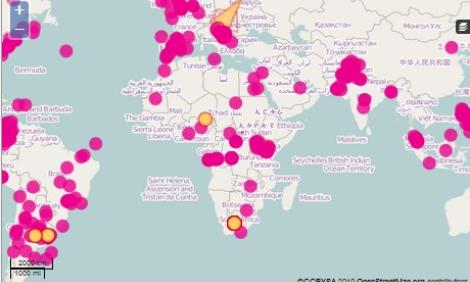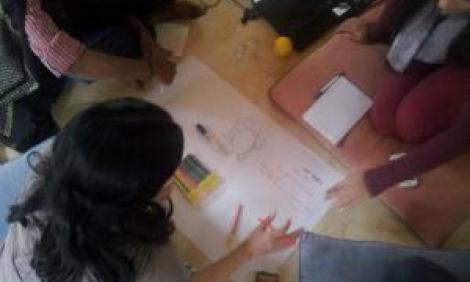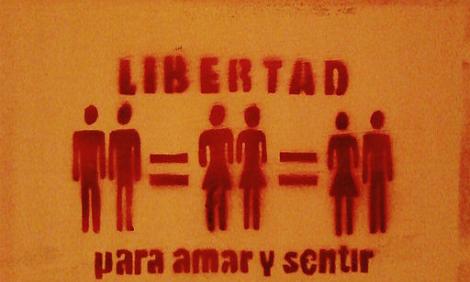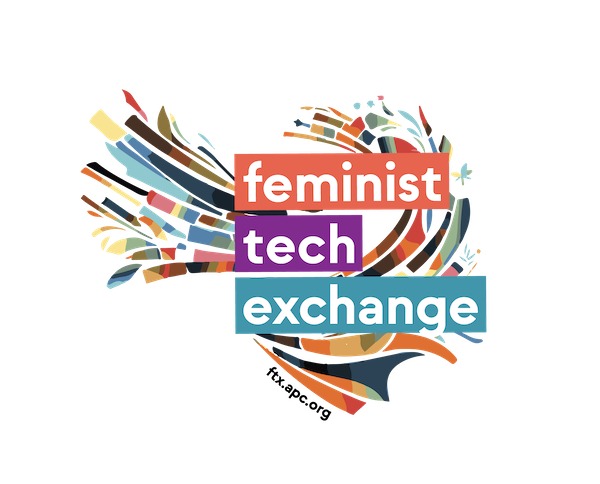
In depth
Mapping as a strategy to disclose online violence against women
When the APC Women's Rights Programme decided to use the Ushahidi map to collect information about the online violence that many women around the world were enduring, the aim was to gather evidence and show how ICTs can be used to perpetrate violence against women. In two years, from July 2012 to July 2014, almost 500 cases denouncing the use of ICTs and online spaces to perpetrate violence…

Editorial
A is for Agency
It’s been a great month for cyber-feminism. The #FBrape campaign succeeded in changing the social network giant’s policies on violence against women in record time. The global alarm over the NSA surveillance scandal created mass awareness over privacy and access to personal data. And Instagram launched hipster filters for videos. Perhaps not as breakthrough, but definitely encouraging of more…

In depth
Survey on sexual activism, morality, and the internet
Has the internet become an indispensable tool for feminist and LGBTQI advocacy? How savvy are sexual rights activists in handling the legal and technical issues that come along when they use the internet? How do they negotiate online threats and restrictions? Activists from around the world addressed these and other questions through a global online survey on sexual rights work and the internet.

In depth
Rights . Violence . Technology - HELP US TO JOIN THE DOTS
Policies, laws and development plans on emerging ICTs rarely take into account the reality of violence against women in its creation and implementation. Similarly, policies and laws on violence against women rarely take into account the dimensions of emerging ICTs. How have developments in information and communications technologies strengthened the efforts to end violence against women? How has…
In depth
Challenges of communal copyright: Traditional and indigenous knowledge
Copyright and patents legislation has spread rapidly over the past century. This has a particular impact on indigenous women and the holders of traditional knowledge, as copyright ignores the possibility that knowledge can be held communally and has definitions of knowledge that exclude information held in a spiritual context. In this article, GenderIT writer Sonia Randhawa examines how women's…

In depth
Finding a difficult balance: Human rights, law enforcement and cyber violence against women
GenderIT writer Mavic Cabrera-Balleza probed on new analytical frameworks of violence against women taking into account cyber violence and the challenges and dilemmas women activists confront as they struggle to address this relatively new dimension of gender injustice. She spoke with two women activists who are at the forefront of advocacy on violence against women at the national and…
In depth
Money for tech? Tech and money? Facilitating women’s engagement in the financing discourse through the use of ICT
 Ireen Dubel, the manager of the gender, women and development programme of Hivos is an active participant in discussions on financing for women and development work. Hivos, Ireen’s organisation, is one of the few…
Ireen Dubel, the manager of the gender, women and development programme of Hivos is an active participant in discussions on financing for women and development work. Hivos, Ireen’s organisation, is one of the few… In depth
Of empty purses and tattered pockets: Stitching funding back into gender and ICT
The panel on women's communication rights "Why the purse feels empty: Financing for women's equitable access to information and communication technologies" during the recent 52nd CSW brought together donor, development and civil society perspectives on the issue. Erika Smith presents an overview of the discussion around the challenges, importance and opportunities of financing ICT for women's…
In depth
Where is the Money for Women's Rights Work on ICT? A brief look at the funding landscape for women’s organisations working on information and communication technologies
 In collaboration with the Association for Women's Rights in Development (AWID), Lucía Carrasco, Fernanda Hopenhaym and Cindy Clark focuses the findings from "Where is the money for women's right? Strategic…
In collaboration with the Association for Women's Rights in Development (AWID), Lucía Carrasco, Fernanda Hopenhaym and Cindy Clark focuses the findings from "Where is the money for women's right? Strategic… In depth
Integration of ICTs in the Health System: Basic Services and Risks to Privacy
How can a health care system respond to the gender-specificities in terms of providing accurate and timely information…




